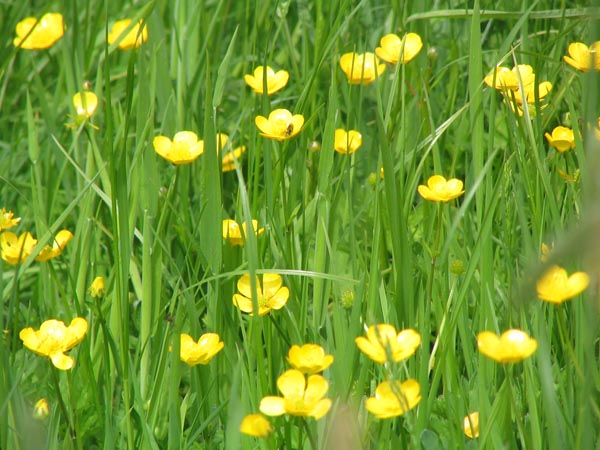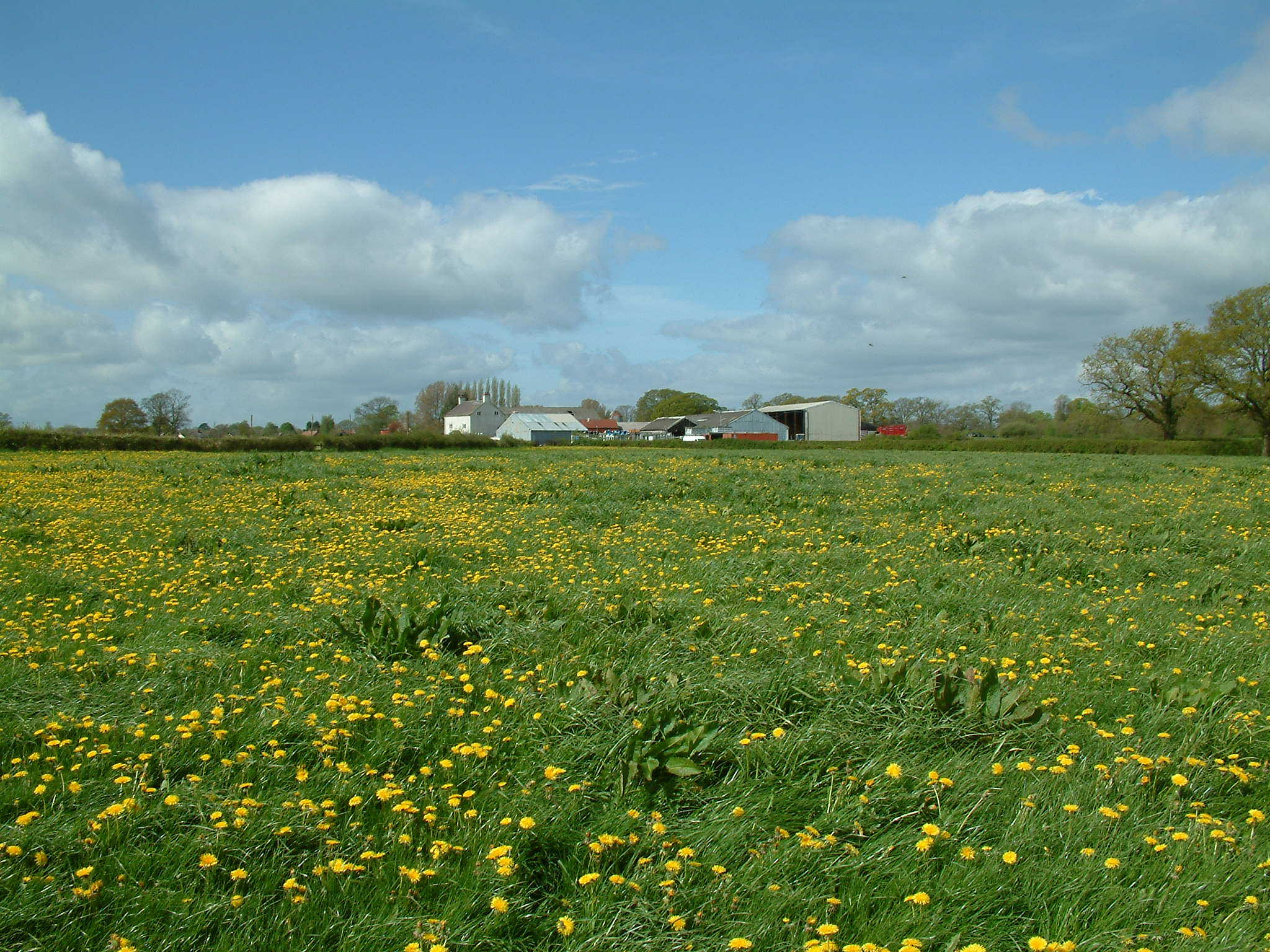
Buttercups and dandelions are likely to be a much bigger problem in grass fields this spring according to David Roberts, grassland agronomist for Dow AgroSciences.
Buttercups favour wet soils and dandelion seeds will readily germinate on the surface of exposed soil in swards poached or damaged in last year’s wet weather.
“Buttercups love having their feet in damp soil and creeping buttercup spreads rapidly along the ground by rooting runners, quickly suppressing grass growth around it,” says Mr Roberts. “They are slightly toxic when growing but rarely eaten by livestock unless there are large populations or grazing is tight.
“On the other hand, dandelions contain minerals and vitamins and animals like them. However, as with all perennial weeds, where they grow, grass does not. One weed can take the place of many grass plants. This reduces grass yields at a time when farmers are desperate to replenish silage stocks and optimise milk production from grazing.

“Dandelion seeds can be carried by the wind for miles and established plants can survive for many years – so it is essential to control infestations before they get out of hand.”
Creeping buttercup and dandelion plants sit flat to the ground so mechanical cutting is not helpful. But a broad-spectrum herbicide will give good control. However, this must be applied much earlier in the spring than sprays against other common perennial weeds such as docks and thistles.
“It is no good waiting for buttercups and dandelions to flower before spraying, as they will be well past the stage when they are most receptive to herbicide by then,” advises Mr Roberts.

“Farmers should think back to last year and remember which fields were the most yellow in late spring and summer. Treat these during April, while the weeds are still green and actively growing.
“Forefront T will give good control, but be aware this product does require advice from a BASIS registered agronomist before purchase. It can only be sprayed on fields that are grazed by cattle and sheep, and animals must be removed during treatment and for at least seven days after. It must not be applied to grassland shut up for silage or hay, although it can be used after the final cut has been taken.”
